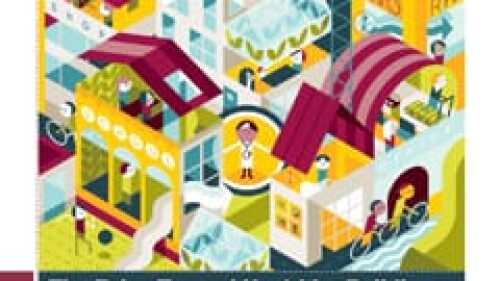Adaptive Use and Building Reuse
ULI recently supported an effort by the American Institute of Architects and McGraw Hill Construction to take the pulse of key stakeholders that have the ability to influence healthy design, construction, and operation of buildings.
Ten apartment and condominium buildings model mid-rise design strategies.
In recent years, natural disasters have been striking North America with increasing frequency and intensity. Hurricane Sandy has served as a wake-up call for the building, real estate investment, and insurance industries, as well as for government at all levels and ULI.
Cities need look no further than Chicago’s “Bean,” Anish Kapoor’s iconic Cloud Gate sculpture in Millennium Park, to realize how investment in the arts can pay off.
The following ten projects—all completed during the past five years—represent creative restorations of unused land, ranging from the transformation of an old brickyard into a center for environmental and socially responsible nonprofits to the construction of a new branch of the Louvre Museum on top of an old coal mine.
Ideally, mixed-use projects achieve some kind of symbiosis among their elements, creating a whole that is more than the sum of the parts. All completed in the past five years, the following ten projects represent innovative takes on combining product types.
In search of better returns, investors are finding their way back to real estate.
The aging of American society is not a transitory phenomenon caused by baby boomers, said Jack Rowe, professor of health policy management at Columbia University, in a recent conference at the National Building Museum in Washington, D.C. “It’s a permanent structural change induced by greater longevity.” Core U.S. institutions, including housing, “are not engineered for the society we’re going to have,” he said.
Many U.S. cities—and suburban town centers—are looking for ways to make themselves more age-friendly. These amenities will be key to attracting residents who prefer to age in place and the growing number of empty nesters drawn to urban life.
In the 33rd edition of Emerging Trends, one of the most highly regarded industry outlook reports published, the opinions of 950 investors, developers, lenders, consultants, and property company representatives point to a rather glum outlook for 2012: the climb out of the real estate depression will be a long and slow one for all but one market sector. Read more to learn why and to learn how cities have improved over a year ago.







